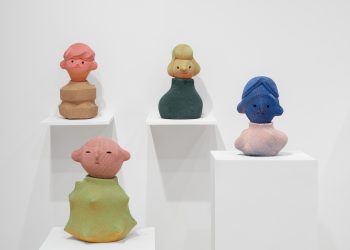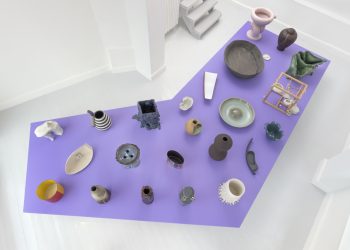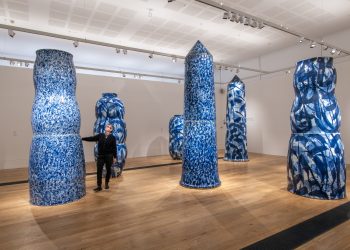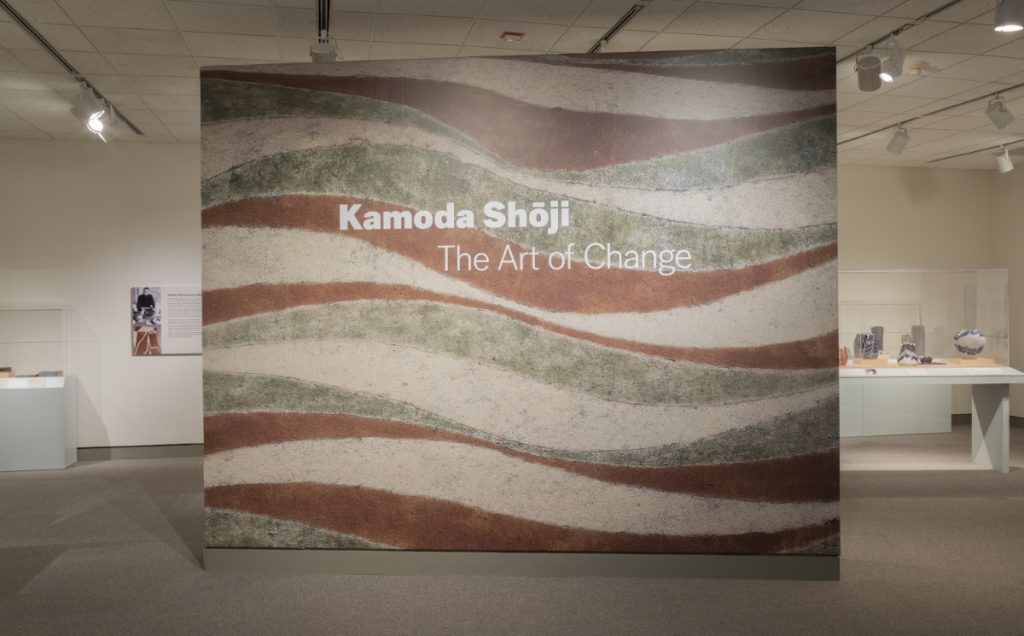
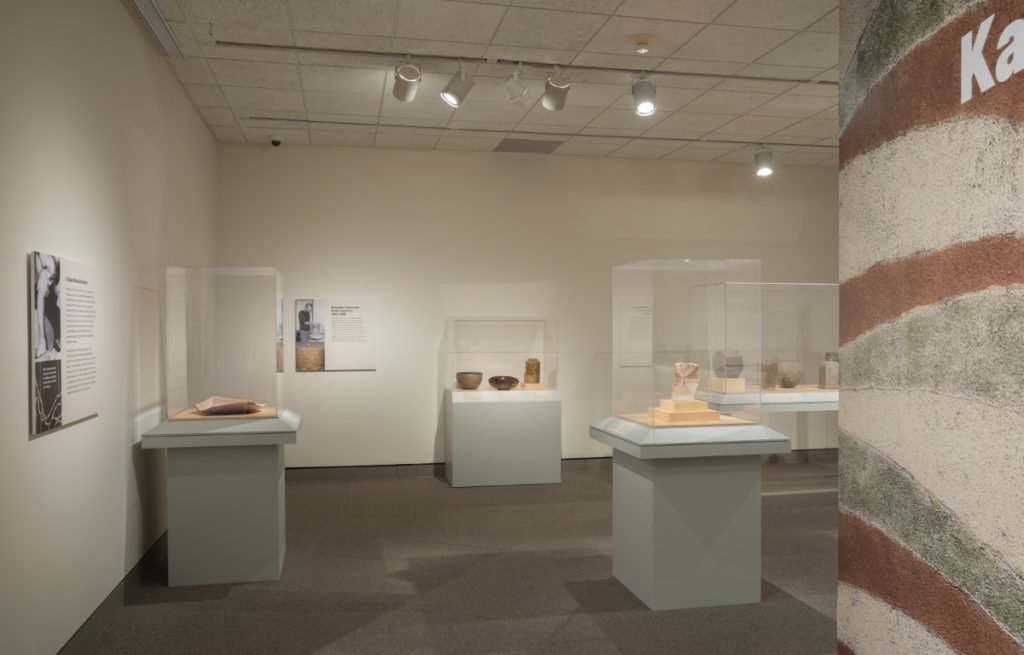
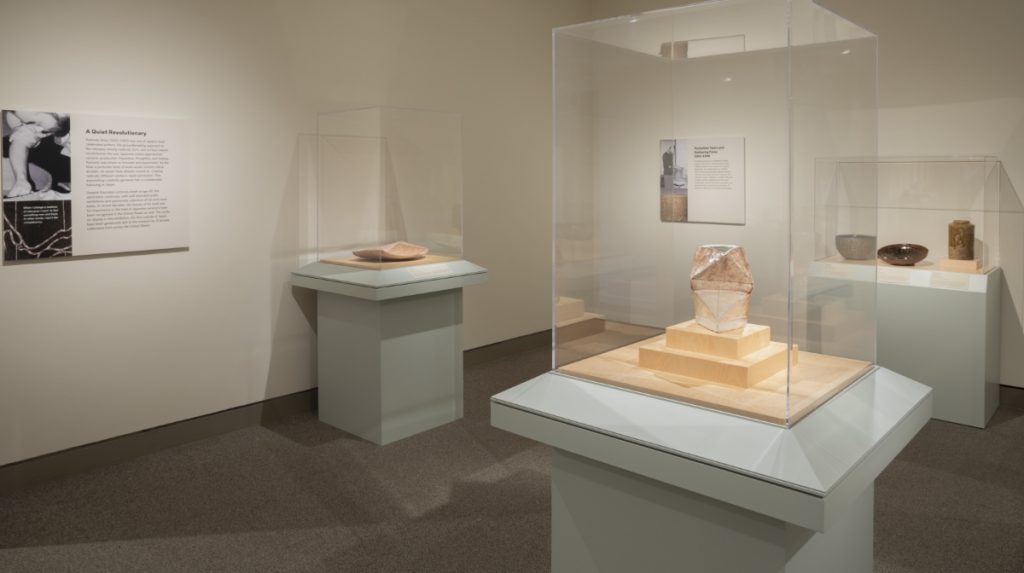
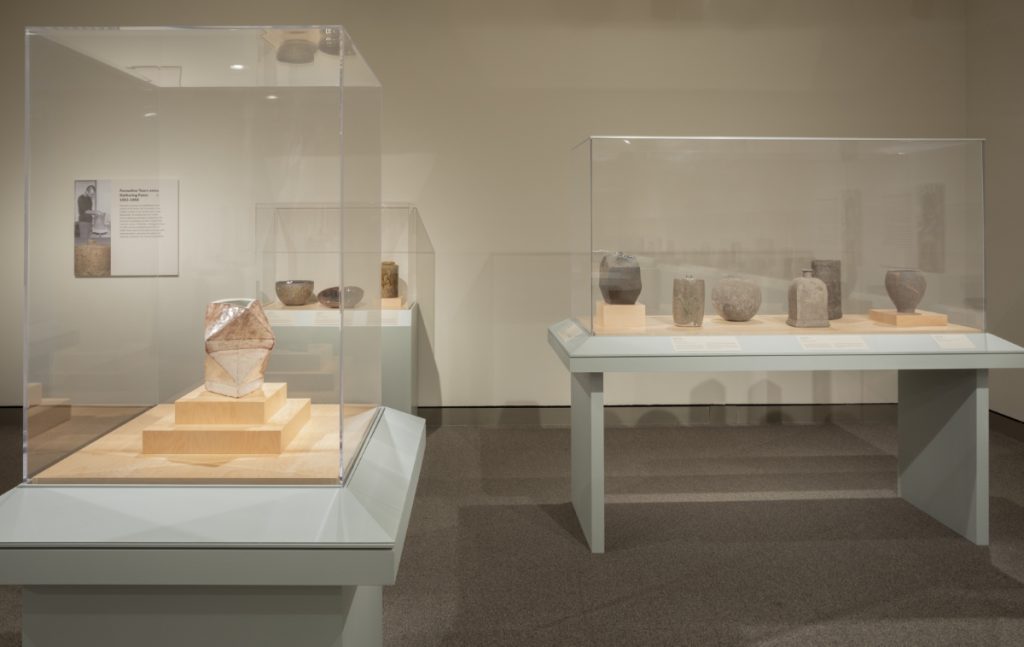
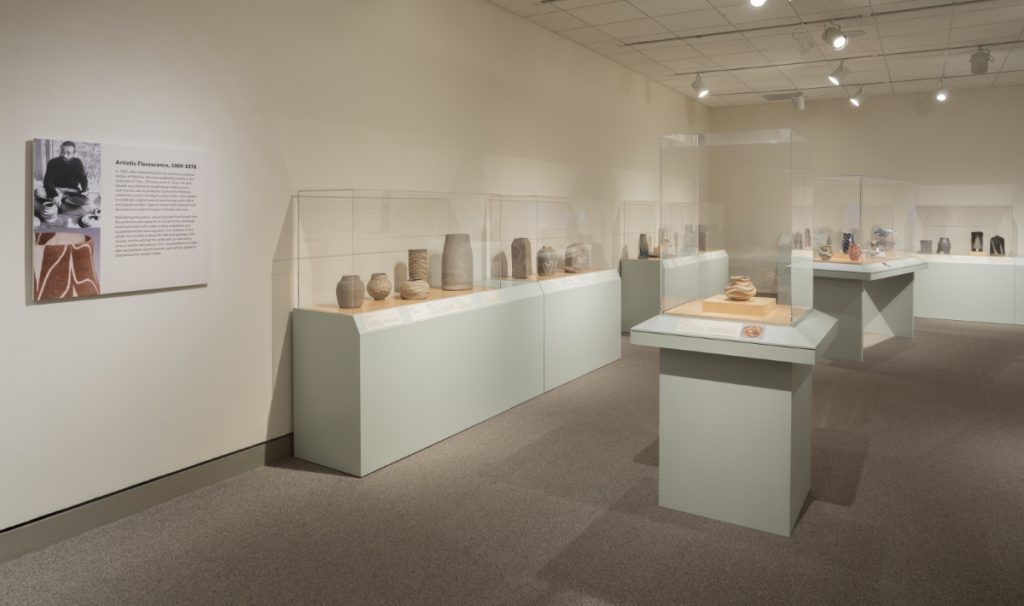
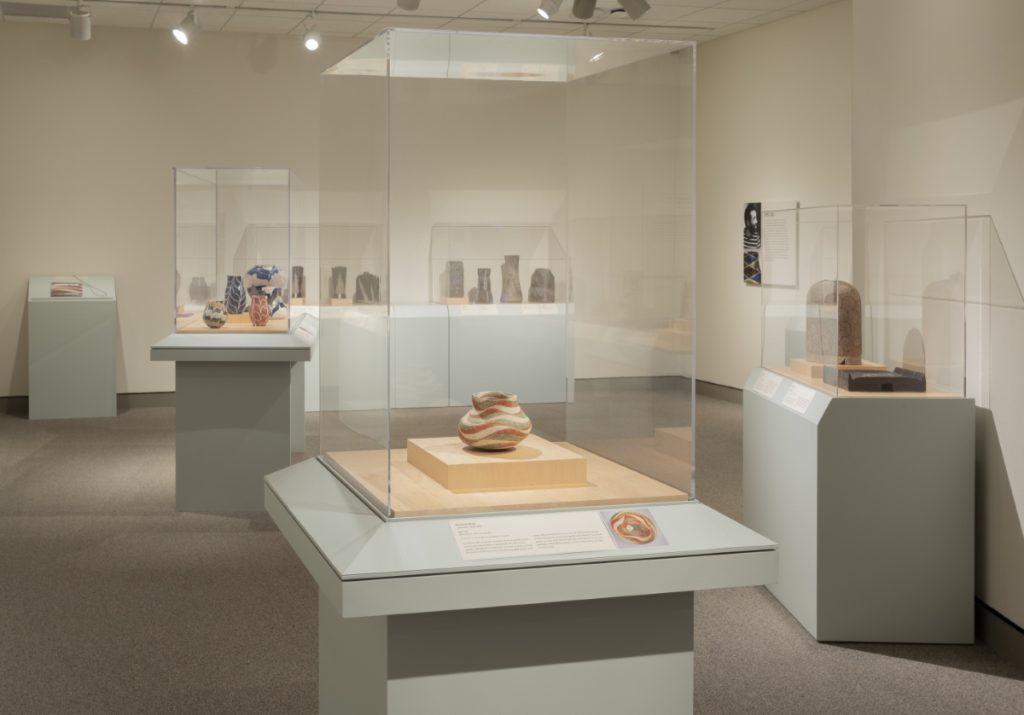
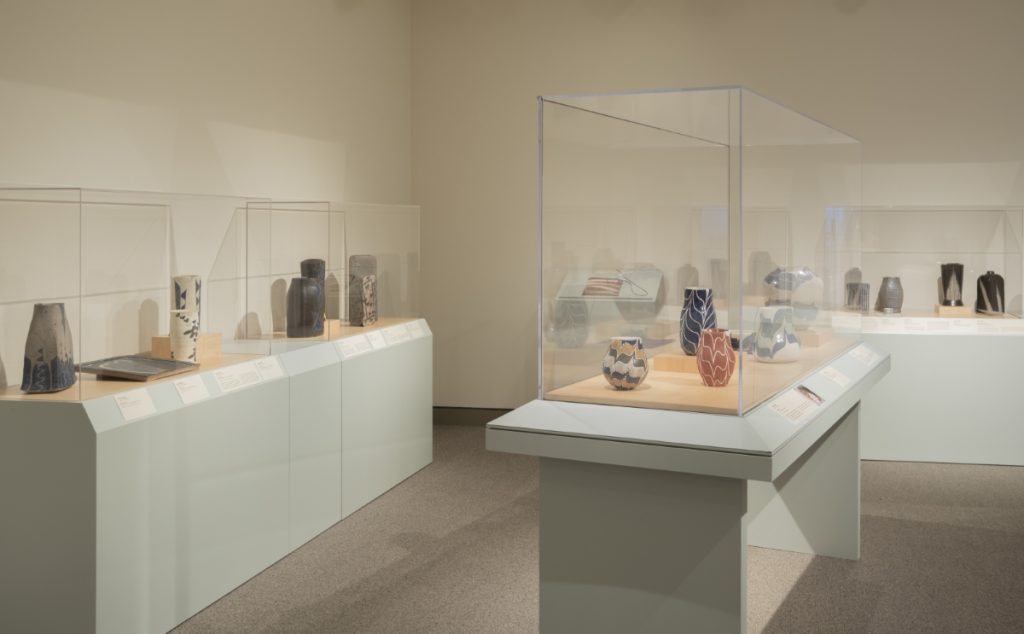
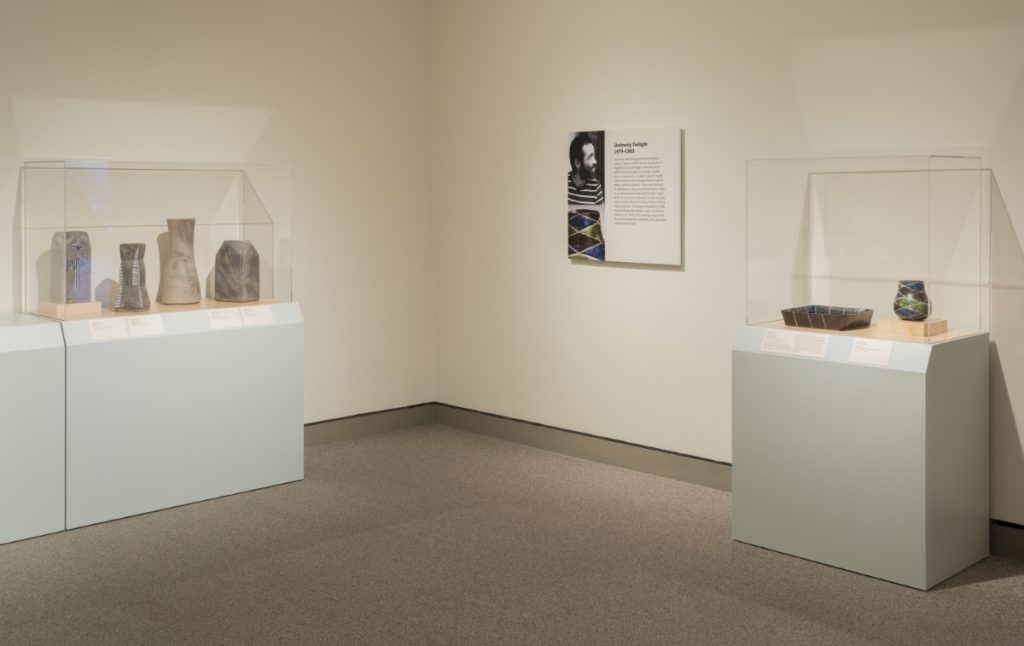
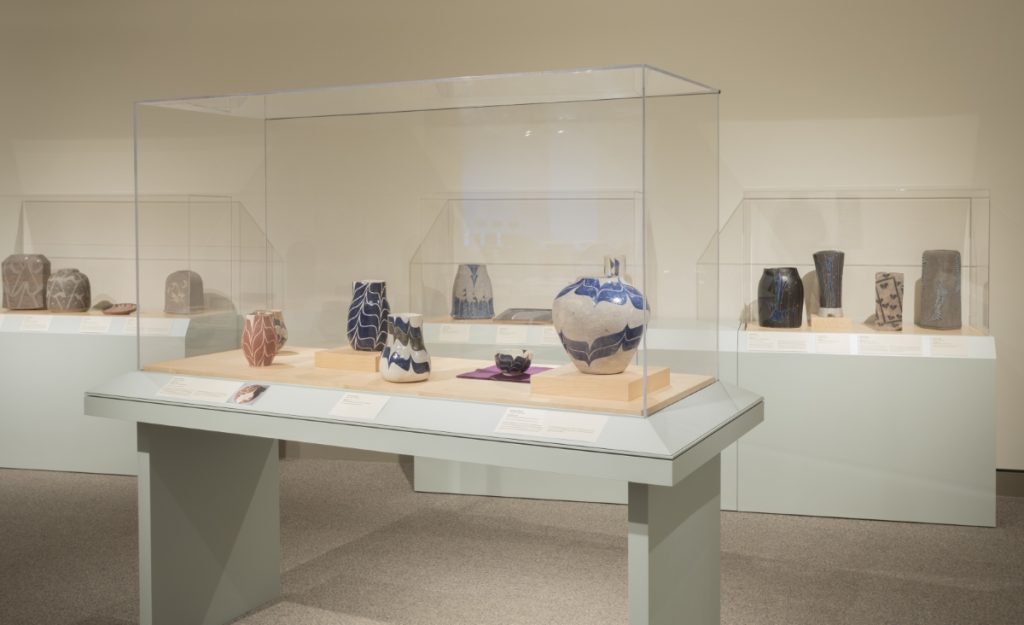
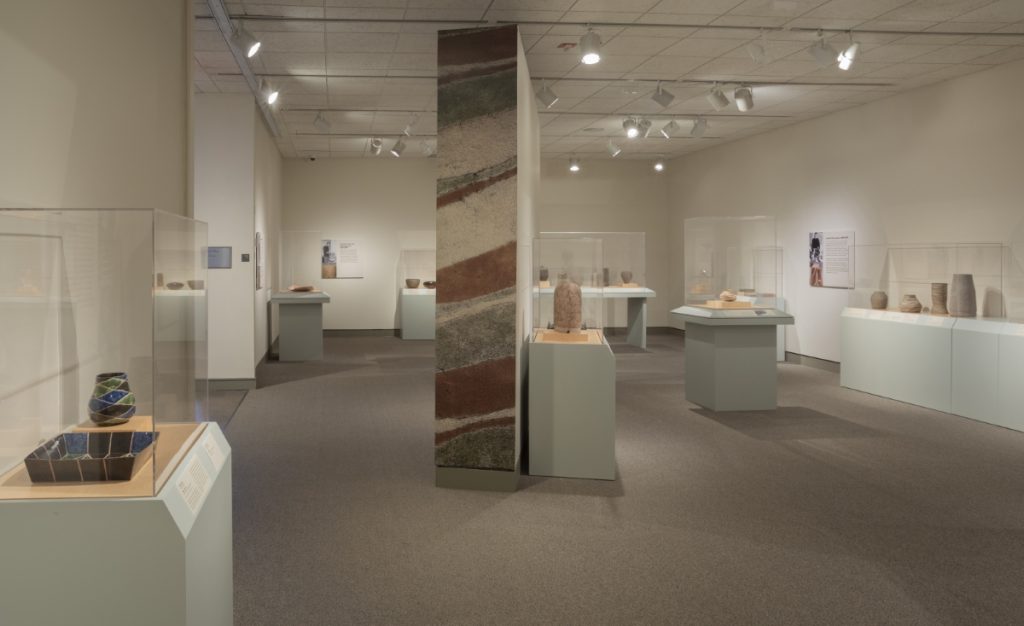
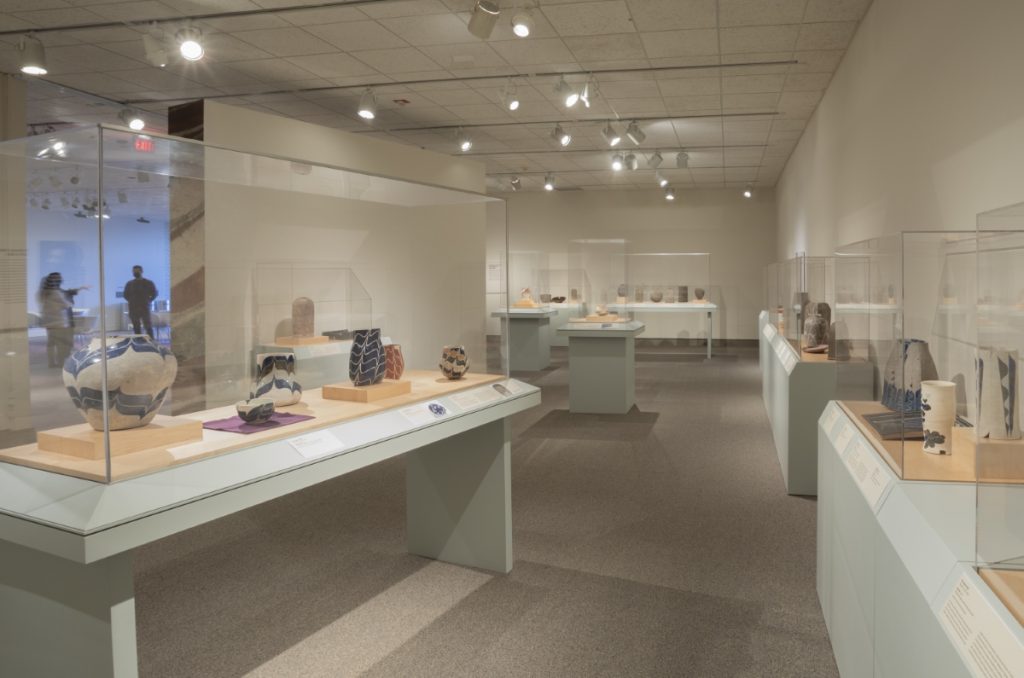
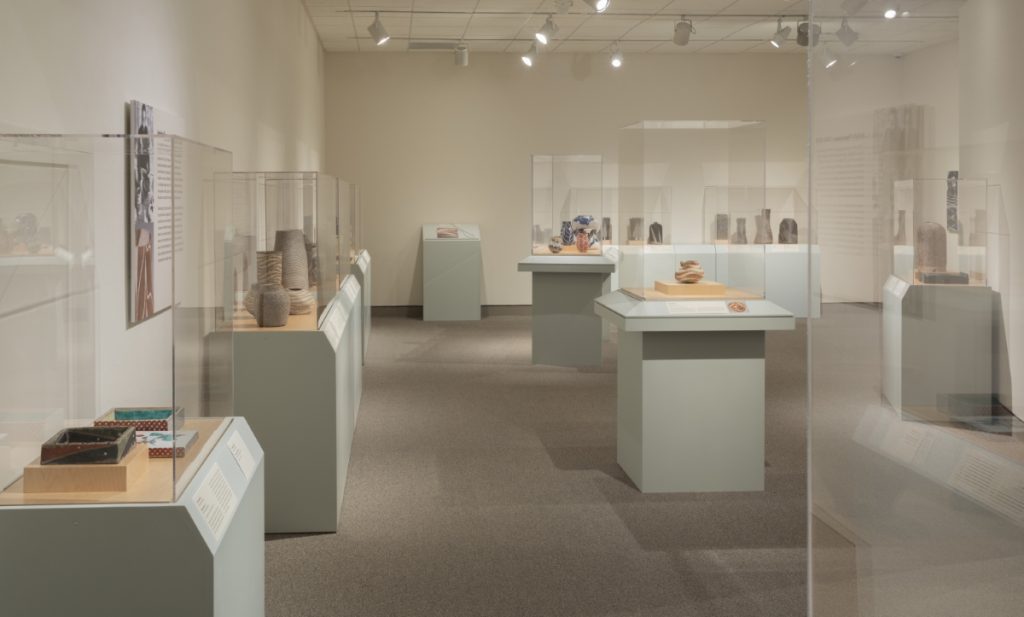
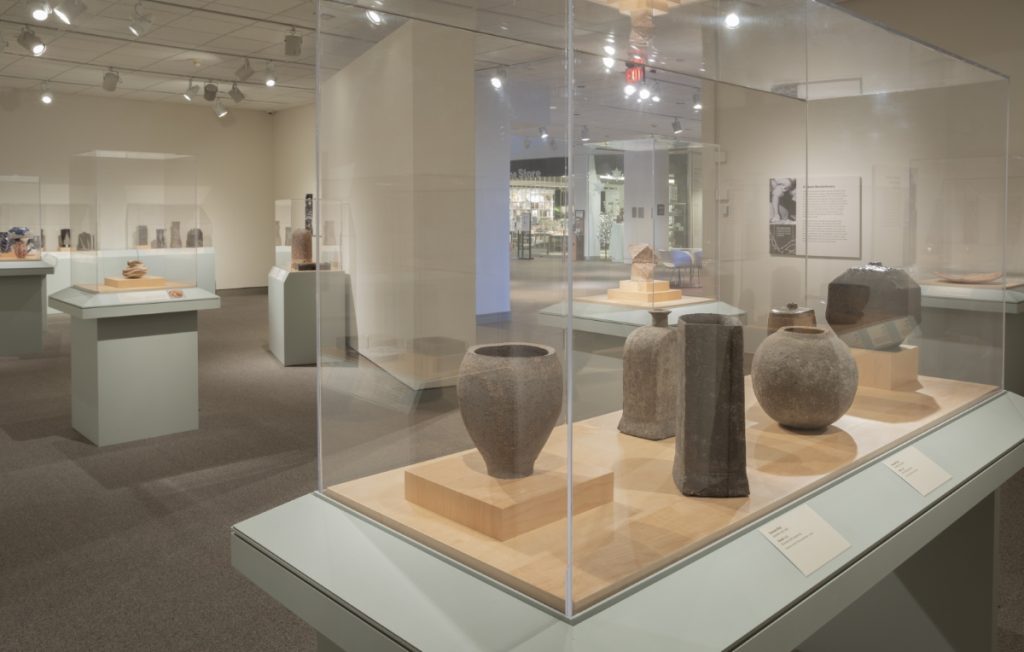
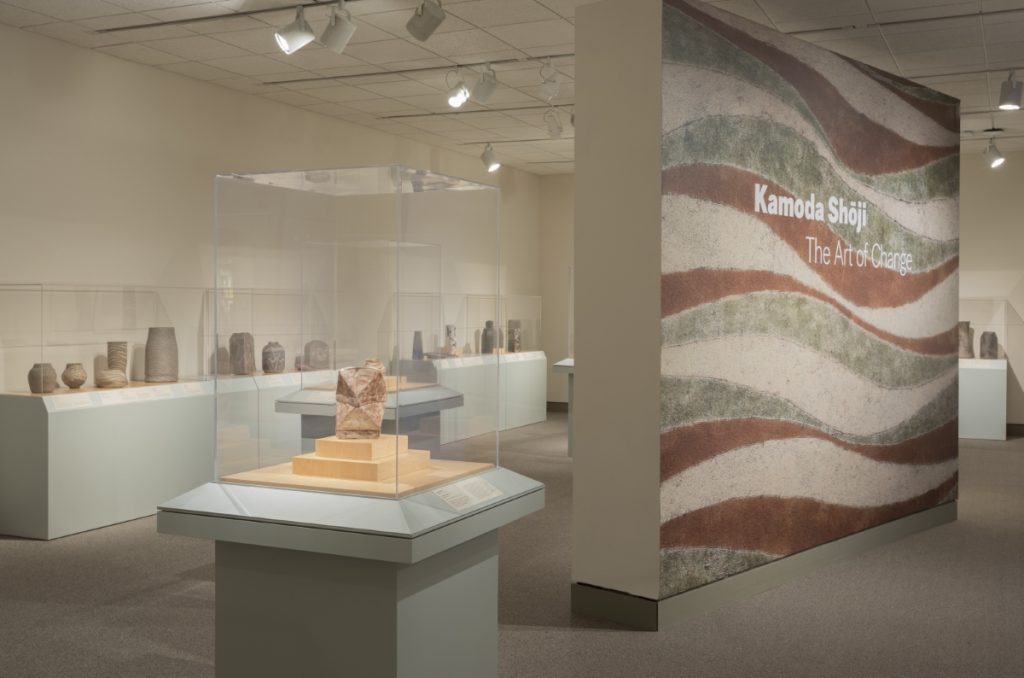
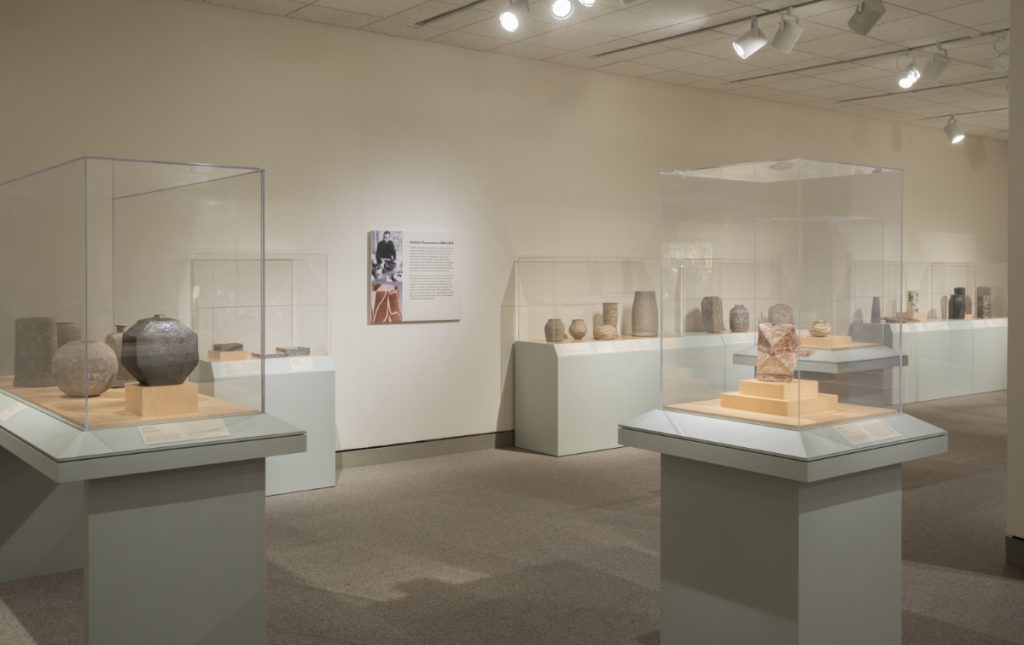
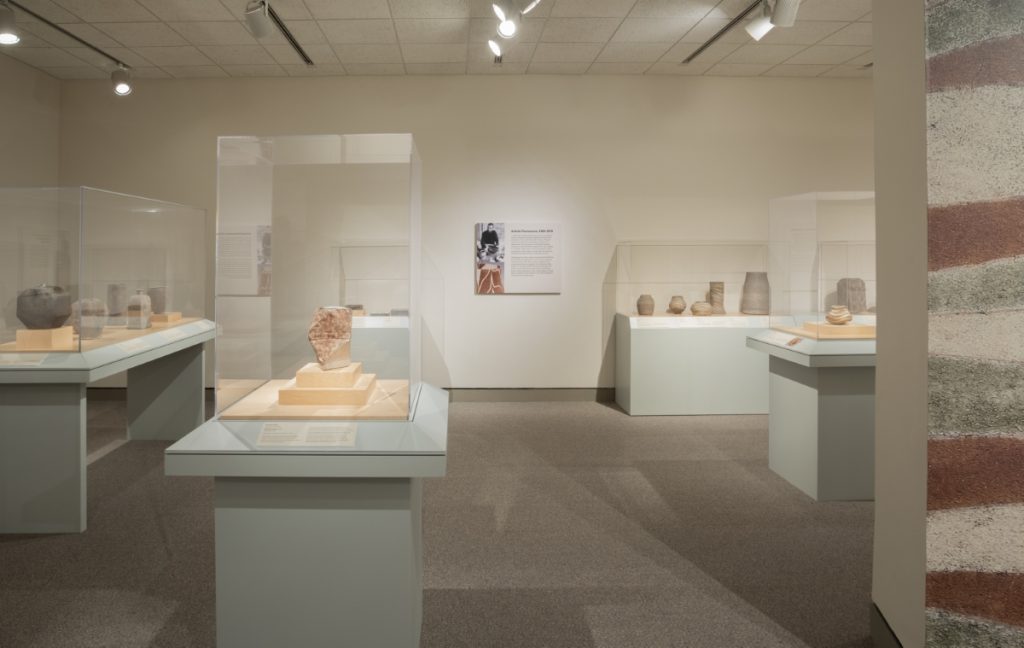
Kamoda Shōji: The Art of Change is on view at Minneapolis Institute of Art, Minneapolis
December 11, 2021 – April 17, 2022
The Minneapolis Institute of Art (Mia) presents an exhibition of works by the Japanese ceramist Kamoda Shōji, who despite his fame in Japan for significant contributions to contemporary ceramics, has not received the attention he deserves outside of his native country, in part because of his untimely death at the age of 49 in 1983. The exhibition, Kamoda’s first museum retrospective outside of Japan, celebrates the artist’s meticulous craftsmanship and the beauty of his vessels while examining how his experimentation with material, form, and texture led to a transformation in modern Japanese ceramics. Featuring 49 works from across his oeuvre, “Kamoda Shōji: The Art of Change” demonstrates the potter’s tireless innovation and experimentation with technique and form throughout his career. The exhibition, curated by Matthew Welch, Mia’s deputy director and chief curator, is on view in the Cargill Gallery through April 17, 2022.
“We are very excited to be sharing Kamoda Shōji’s ceramics with American audiences,” Welch said. “Contemporary Japanese ceramics are widely admired and voraciously collected around the world. This exhibition focuses on a seminal figure who helped change the course of ceramic production in Japan through his innovative approach to form and surface decoration. Given his monolithic reputation in Japan, it is high time that our audiences have the opportunity to enjoy his work and learn about his breathtaking creativity. We are especially grateful to the private collectors from across the nation who have lent prized works from their collections for this exhibition.“
Kamoda Shōji (1933-1983) is one of Japan’s most lauded ceramists, despite a brief career that only lasted around twenty years. “Kamoda Shōji: The Art of Change” will begin with examples of the artist’s early works, produced after he graduated from the Kyoto City University of Arts in 1956. While Kamoda established his first studio in Mashiko, a town with a rich history of producing pottery, he was immediately eager to challenge tradition through innovation and draw inspiration from ancient techniques rather than the prevailing taste for folk ceramics. The early works on view demonstrate Kamoda’s fascination with ash glazes as well as the natural quality of the unglazed clay.
The exhibition also includes several works from Kamoda’s signature “wave” pattern from the early 1970s. Among his most prized and sought after works, some of these are engraved, while others sport inlaid colored slip glazes. Kamoda continued to explore wave patterns and ripple effects even as he began trying out new forms and techniques. In the second half of his career, he became especially interested colored enamels, which he sometimes contrasted with the roughness of the clay from Tōno, some 250 miles north of Tokyo, where he established a studio in 1969. In tandem with this, Kamoda began experimenting almost exclusively with hand-built forms, abandoning the wheel in favor of coil techniques which he believed strengthened the relationship between the potter and his material.
Both the exhibition and accompanying catalogue explore how Kamoda’s work contributed to a redefinition of decorative arts in Japan and ushered in a new era in particular for ceramics, as artists—following Kamoda’s example—shook off the yoke of tradition and experimented with innovative approaches to clay, form, and surface decoration. Highlights of the catalogue include an introductory text by Dr. Yokobori Satoshi of the Mashiko Museum of Ceramic Art, who has been responsible for multiple publications and exhibitions of Kamoda’s work, and an essay by curator Dr. Aaron Rio, who began work on this exhibition while a curator at Mia and continued to provide guidance as a curator at the Metropolitan Museum of Art.
Contact
visit@artsmia.org
Minneapolis Institute of Art
2400 Third Avenue South
Minneapolis, Minnesota 55404
United States
Photos courtesy Minneapolis Institute of Art



